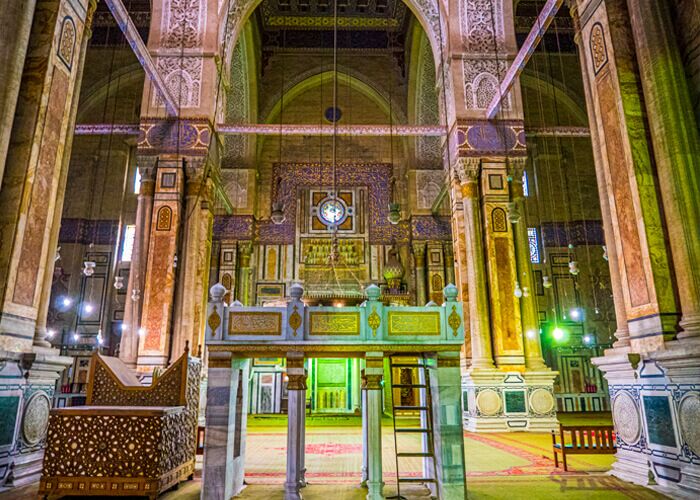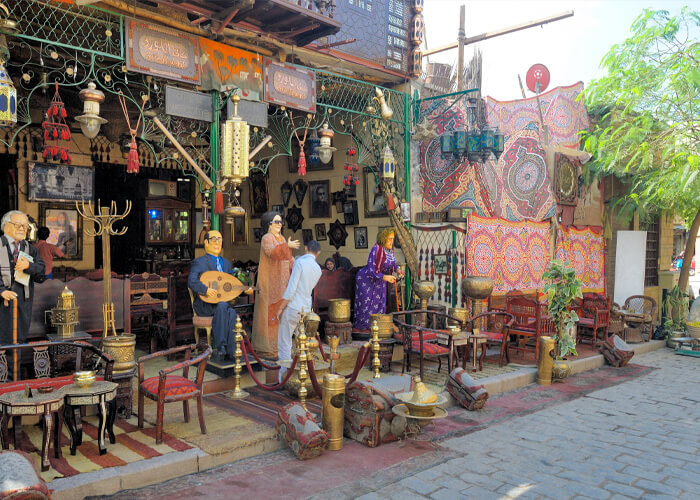The Al Rifai mosque in Cairo is a must-see.
Old Cairo’s oldest plaza, the Citadel of Saladin, and a historic mosque are all within a few blocks of each other, making this a popular spot for tourists.
They compliment one other since they are placed right adjacent to the Sultan Hassan Mosque, which is also old and ancient..
Directions:
In Old Cairo, around 30 minutes from the city centre, you’ll discover the Al Rifai and Sultan Hassan mosques in the same general vicinity, just in front of the Citadel.
History:
In spite of their immense size, the two mosques stand out for their majestic beauty. They are massive without being imposing.
Among the best examples of this architecture is the Rifai Mosque, which was built between 1869 and 1912 for the mother of Khedive Ismail, Princess Khushyar.
You must enter from the side facing Sultan Hassan since the royal entrance has been closed.
During Gumad el-Tani, you may see Shiekh Ali al-tomb Rifai in a sandalwood cage just in front of you. Ali al-Rifai founded the Rifai tariqa for dervishes, and his grave is just ahead.
There are mashrabiya screened tombs for King Fouad and his mother, as well as the last Shah of Iran and Egypt’s King Farouk, to the left of the mausoleum.
Despite the stunning sanctuary (on the left), which has 44 columns, 19 types of marble, and 18 window grilles, it lacks the same impact as the mosques of Ibn Tulun and Sultan Hassan, whose designs harness the power of simplicity.


